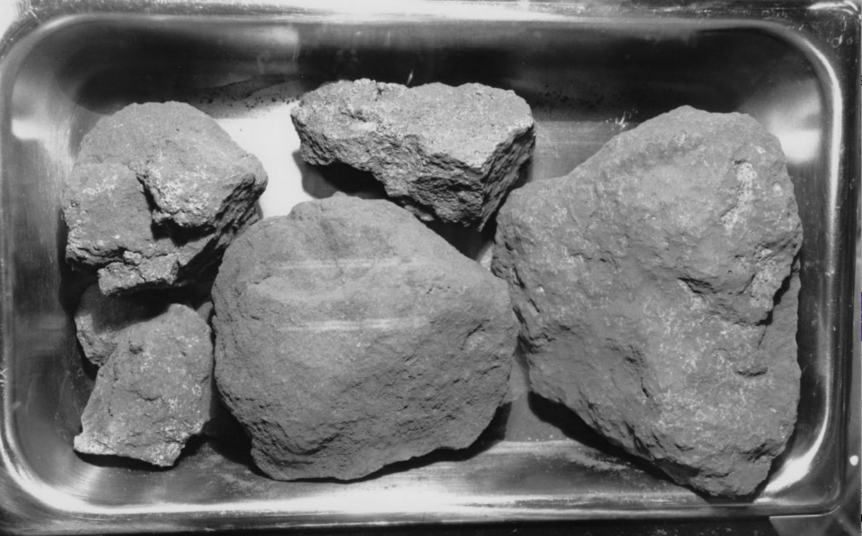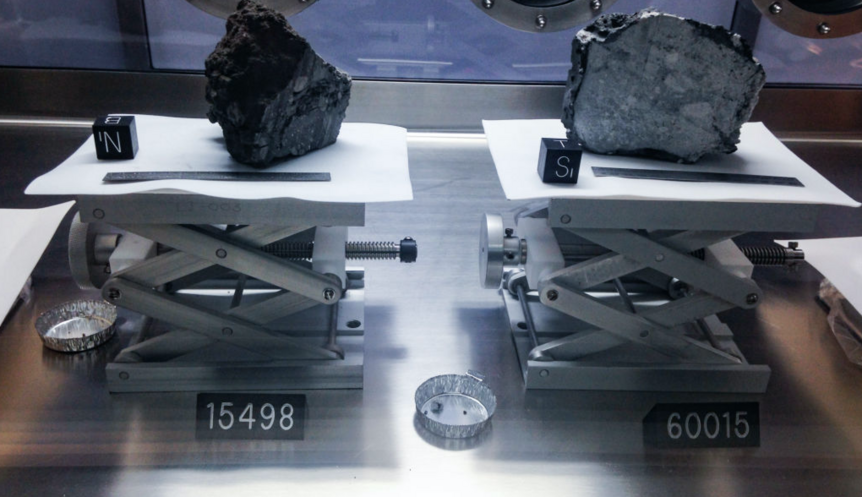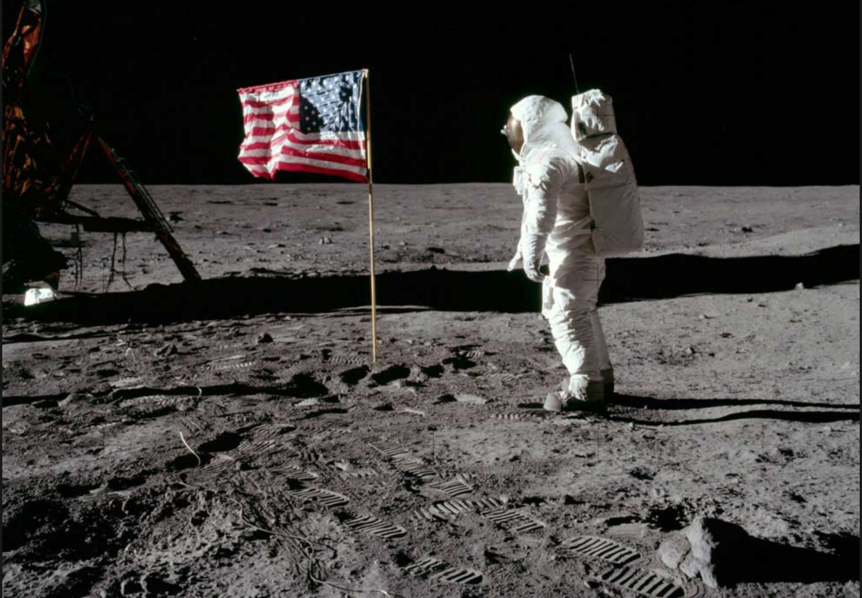NASA's Apollo 11 moon rocks caught lying about their age

Misrepresenting one's age is common to human nature, as most everyone at some time has indiscriminately fudged on the numbers to make oneself slightly younger or older. But who would have thought that our glaring white satellite in the skies was prone to lying about her cosmic age? Yet that's exactly what scientists have now discovered from moon rocks brought back by the crew of Apollo 11.
Determined in a new study from the University of Cologne’s Institute of Geology and Mineralogy published in Nature Geoscience, it appears that the moon is actually 100 million years older than we originally believed.
Prior to this latest revelation, beloved luna was thought to have formed 150 million years after the Solar System was forged. However, the updated research suggests the moon is far older, forming only 50 million years after the Solar System, and making her 4.51 billion years old! An eternity for us mere mortals, but the blink of an eye to the infinite cosmos.
Via a recent analysis of lunar rock samples taken home by NASA's Apollo 11 mission, aimed at determining the geologic age of the specimens, scientists targeted the markers of rare elements such as hafnium, uranium, and tungsten.
“By comparing the relative amounts of different elements in rocks that formed at different times, it is possible to learn how each sample is related to the lunar interior and the solidification of the magma ocean,” said co-author of the research paper, Dr. Raúl Fonseca of the University of Cologne in an official statement.
These results are invaluable as the new examinations can deliver specific insights into how planets and heavenly bodies are created, especially on the barren moon rather than on our fertile Earth.
“Such observations are not possible on Earth anymore, as our planet has been geologically active over time," Dr. Peter Sprung, co-author of the study, explained in the statement. "The Moon thus provides a unique opportunity to study planetary evolution.”
Careful study of hafnium and tungsten on the Moon is vital, as they represent a natural radioactive clock for the isotope hafnium-182 slowly decaying into tungsten-182, a process which only lasted for the initial 70 million years of the expanding solar system.
"Mankind's first steps on another world exactly 50 years ago yielded samples which let us understand the timing and evolution of the Moon," team member Matthew Thiemens summarized. "As the Moon's formation was the final major planetary event after Earth's formation, the age of the Moon provides a minimum age for Earth as well."































